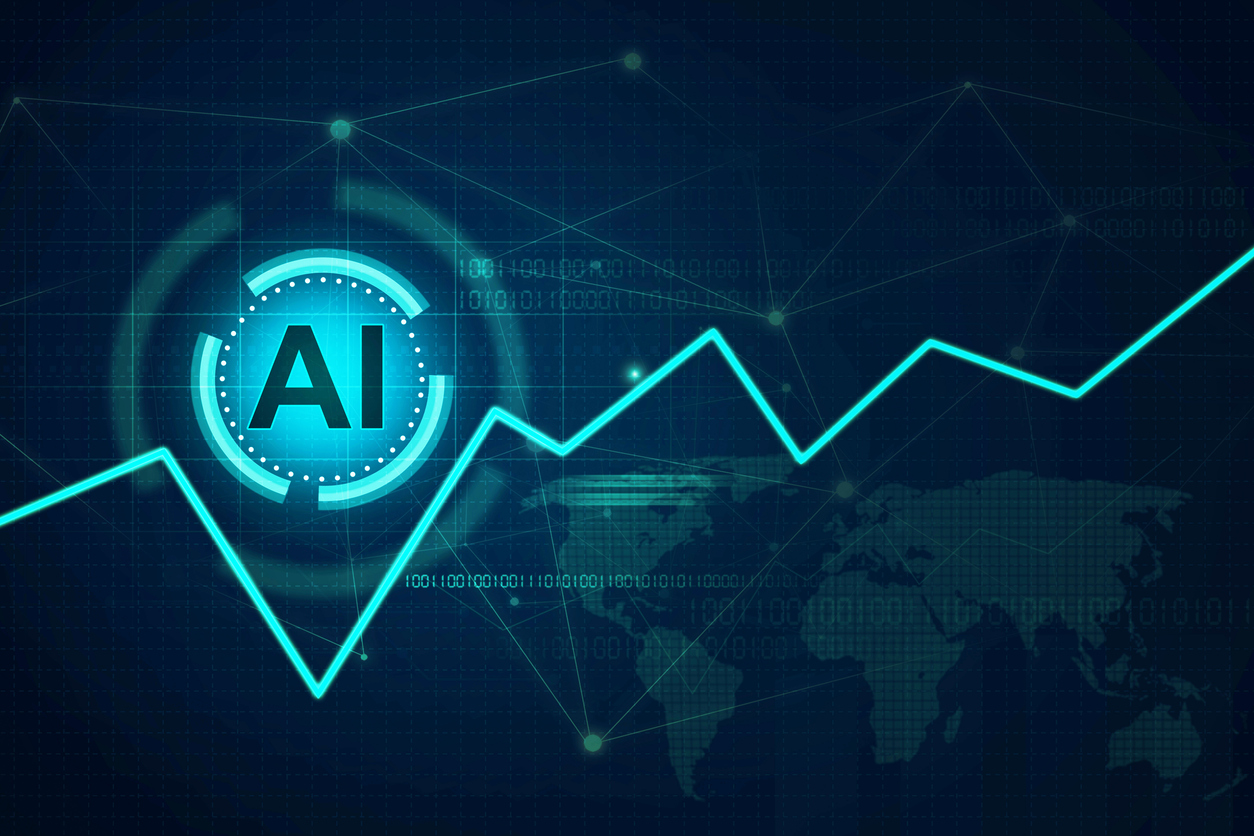
November 14, 2024
AI adoption in production by Indian firms has surged, rising from 8% in 2023 to 25% in 2024, driven by India’s digital infrastructure and a strong IT sector
Deputy Governor Michael Debabrata Patra noted that private banks are leading in digitalisation, with 75% offering digital KYC, online account openings, and doorstep banking services
Digital technologies enhance productivity, reduce market concentration, and create cost-efficiency through declining ICT asset prices
The KLEMS framework, which tracks productivity contributions from digital assets and labour quality, could face data gaps as it evaluates digitalisation’s impact

Speaking at the DEPR Conference on ‘Digital Technology, Productivity and Economic Growth in India’ held in Jaipur, RBI Deputy Governor Michael Debabrata Patra projected that generative AI could inject between US$359 billion and US$438 billion into India’s GDP by 2029-30. This economic lift is attributed to India’s expanding digital public infrastructure, a leading IT sector, and one of the largest AI talent pools worldwide. The adoption of AI by Indian firms has sharply increased, from 8% in 2023 to 25% in 2024, showcasing the country’s rapid digital integration into production processes.
Patra shared that, according to micro-level surveys of Indian banks, private sector banks are at the forefront of this digital transformation. Nearly 75% of banks offer digital KYC, online account openings, and doorstep banking, while 60% engage in digital lending and 50% in payment aggregator services. The adoption of chatbots, open banking, and IoT technology is also rising, facilitating operational efficiency and better customer service.
Highlighting global trends, Patra noted that generative AI could increase global GDP by US$7-10 trillion over the next three years, with large language models predicted to boost worker productivity by 8% to 36%. India’s digital transformation aligns with these trends, as businesses benefit from declining prices of ICT assets, which enable competitive, efficient operations.
Digitalisation’s role in financial intermediation has enhanced the variety and efficiency of financial services, aiding cross-border financial flows and reducing remittance costs while enhancing transparency. Patra also stressed the importance of complementary policies that foster competition and efficient resource allocation to leverage the productivity gains from digital technologies.
To assess digitalisation’s impact, Patra recommended the KLEMS framework, which captures productivity contributions from capital, labour, energy, materials, and service inputs while highlighting the challenge of comprehensive data gaps in measuring digital asset contributions accurately.
Source: Business Standard